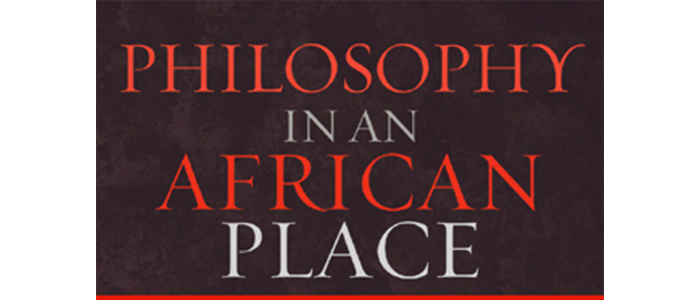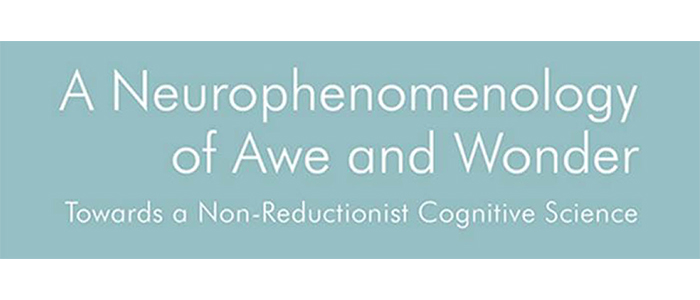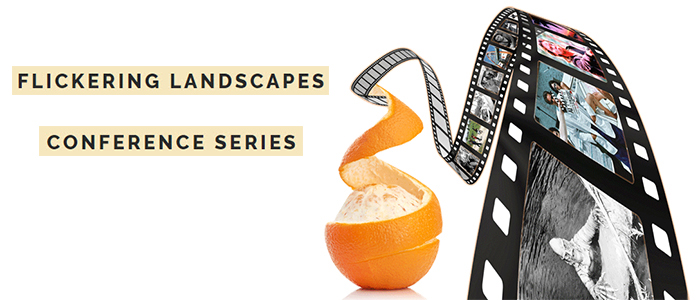Thursday, 26th July 2018
The NY Times publishes a voting map of the US for the 2016 presidential election, showing how areas voted down to the polling station level. So, if you’re American you can see how much of a bubble you’re in.
Interesting and useful, although I always have a problem with these geographic data visualizations, in that geography does not correlate with population, and doesn’t tell you all sorts of other things. So, this map looks predominantly red, even though by population the Democrats had more votes. This map does not reflect one very large bloc – the eligible non-voters. It does not reflect those who were scrubbed from voter roles for whatever reason, or who were unregistered, or who were otherwise ineligible due to having a felony on their records, or various other things.
This map does not reflect a lot of other stuff also. So, yes, interesting, but one should not draw too many conclusions based on the visuals. The temptation (yes, I did it too) is to zoom in on one’s own neighborhood and see where things ended up, and then start to wonder which of one’s neighbors are playing for the other team. Of course, if one is in a bubble, that doesn’t really matter much, but I am in a less bubbly area. Do we talk to these neighbors, or do we close our blinds more tightly, hide the lawn signs, and retreat even more to protective spaces?
The ideal, from another age and place, is that we come together, talk through our differences, and come to a shared sense of purpose. Yeah, right. Who believes that anymore? Everyone believes their own side to be reasonable and open to discussion, and the other side to be a brick wall of arrogance, stupidity, and self-interest. And if that version of dialogue doesn’t work anymore because its preconditions don’t exist, a map like this is more like reconnaissance, to know how deep one is in enemy territory. And if one is far from enemy territory all the better, right?
I think we need another kind of data vis. This is meant to reflect reality, but like I say, lots of relevant reality is left out. I don’t really think the goal is dialogue anymore, at least not as we have known it. It’s been weaponized, and the idea that it is or should be based on facts seems a quaint idea from another time. So, a visualization, inasmuch as it is meant to present facts about the world, will not lead to any useful dialogue. It will just be fake news to those who don’t like some aspect of it, and since any visualization is a set of choices, there will always be something to complain about. I did it, just a few paragraphs ago. And the partiality will be interpreted as falsehood.
But what else can be done, that could make anything better? Part of the problem is that visualizations also have to come with the ability to critique them. It’s fine if something is partial, if we have the literacy to recognize that and take it for what it’s worth. It’s not an all or nothing thing. The NY Times map is useful as far as it goes, but it’s fairly clear where its usefulness stops. But if one starts with the conclusion, with the belief that you are convinced is the case, and then go looking for whatever supports that or doesn’t, those nuances are lost, and the need for visual and data literacy goes away. Nuance is not needed, seeing something as partially useful but having limits is beside the point.
That is the situation in war, and that’s what we’re in right now. There aren’t armies walking through the streets (although, some will say, the police assault on black people comes close). There is, though, the mindset of war – the irrational battle needs to be fought first, before we think about nuance.
The issue, then, is not how we prevent war. We’re in one now, in all but literal partisan deaths (and again, some might already want to identify some deaths as the first ones in this conflict). The real issue is how wars wind down, not how we avoid them. The US, unfortunately, is not very good at winding down wars. They carry on for years, even decades. There is no moment at which people say, the killing is no longer worth it, we must find another way. In the US, the tendency is rather to regroup, retool, and try another route. On this logic, the US Civil War never really ended, it just took on more subtle strategies in the decades after, up to the present day. The wars on terror and on drugs never ended.
I don’t think a new data visualization will get us any closer to thinking about this question, but I do think we need to shift to asking about how wars end. If one’s answer is “well, it’s obvious, it’s over when we win!” the point has been missed. What’s winning? Just a moment on the path, just a reason to change tactics. There have been wars, elsewhere, that have actually ended. Lots of them. But the US, at least in recent years, is rarely part of those. The imperative of war in Eisenhower’s “military-industrial complex” is the material reason for its continuance, sure, but I’m more interested in the reasoning and the changes of mind that ended wars elsewhere. As always, the US has much to learn from the rest of the world, and as always, it probably will not be open to learning it, but that’s what has to be learned. What, other than “winning”, moves us to ending a war?





